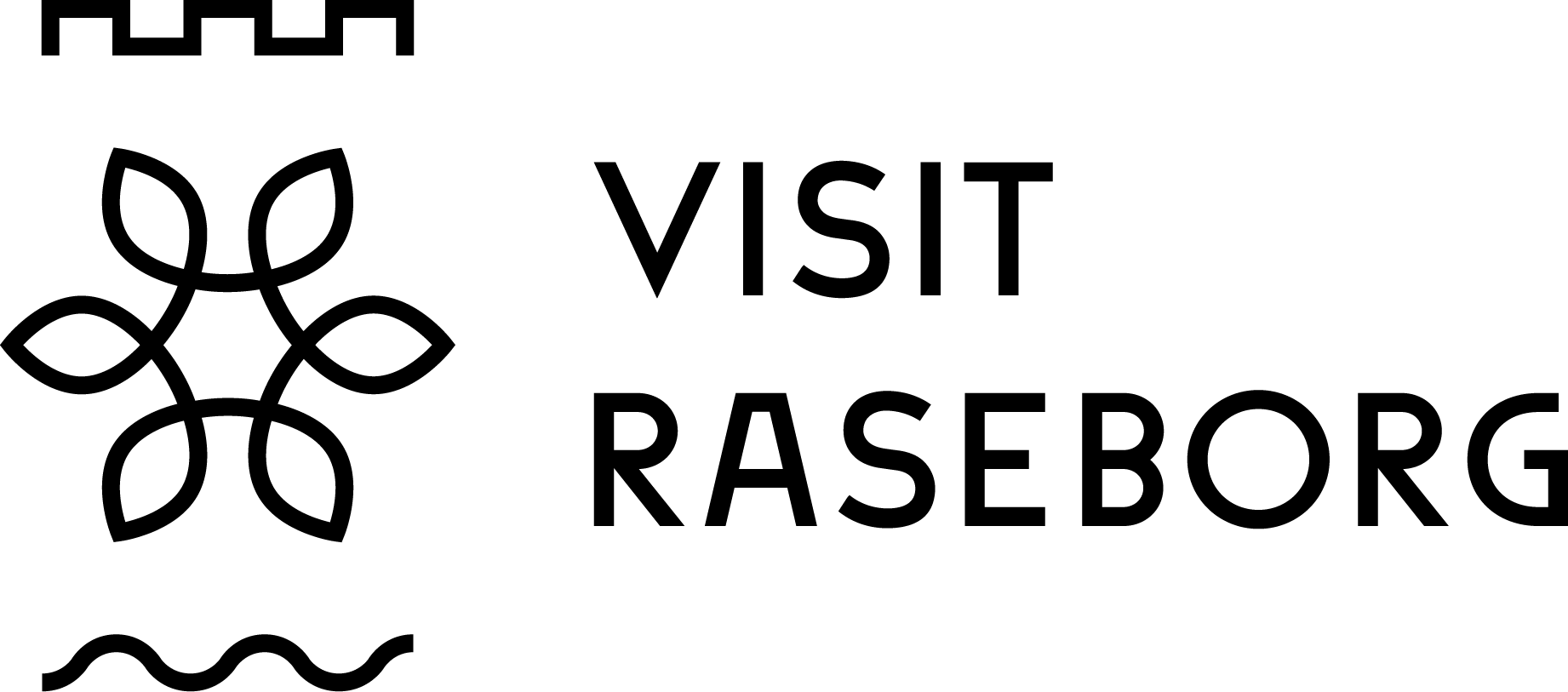Jussarö island
Jussarö island in the Ekenäs Archipelago National Park, right at the edge of the open sea, has been a well-known harbour among seafarers for more than 700 years. Jussarö mining island is a unique combination of the history of fishing, seafaring, defence and mining in the Gulf of Finland. The island was under the control of the Finnish Defence Forces for a long time, but in 2005 the island was transferred to Metsähallitus after which it has been open to the public. During the summer season, cruises are ususally organised from Ekenäs to Jussarö. Read more about them here.
The island offers much to see and do. On Jussarö, one can enjoy untouched nature and at the same time marvel the traces left in the terrain that tell about the remarkable history of the island. There is, among other things, a wide old-growth forest with a tall canopy, which stands out from afar as a landmark.
Cafe Ön next to the guest marina offers food, snacks and sweet treats. There is also a barbecue area and a brand new sauna in the area. For swimming, head out to the Iron Beach that lies in between red rocks. You can learn about the fascinating history of the island on a guided walking tour.
Jussarö, the island of contrasts
Jussarö nature trail (4.7 km) is a trail of contrasts. Traditional insular idyll is in the west of the island. In Västervik marina bay in the north you’ll come across Kullakoja; the only building remaining from the old pilot village from the early 19th century.
Halfway through the nature trail you will be walking amidst ancient, untouched old-growth forest. In the northwest and the northeast of the island, the trail passes old strip mining pits. The deserted iron mine of Vuoksenniska Ltd dominates the cultural landscape in the eastern part of the island.
You can admire beautiful scenery from the Lotssuberget lookout tower, where pilots once kept a lookout for ships and boats in the horizon. In the southeast of the island you can visit the old lighthouse with spectacular views of the open sea. If the weather is good, you can even spot the cruise ships sailing between Finland and Sweden.
Compass interference and mining
Over the centuries, the island’s iron ore deposits have caused big problems for shipping, since compasses point in the wrong direction and cannot be trusted. In fact, compass interferences have caused many accidents in the waters around Jussarö and several shipwrecks lie close by the island. The oldest of these is Jussarö I, found in 1960s, which probably is from the 16th century and belonged to the fleet of Gustav I Vasa, King of Sweden.
The iron on the island was used already in the 19th century, but the mine was closed after nearly 30 years of operation. In 1950s, Vuoksenniska Ltd relaunched the mining operations, giving the archipelago a great economic boost. During the construction phase of the mine, 500 men were employed on the island and as soon as production started, a job was offered to 200 men.
Many islanders got their livelihood from Jussarö. Not only did the mine need a large number of young men to work under the seabed in the depth of 170 m, but also many small farms in the archipelago were able to supply the mining company with food. Boat drivers and maintenance staff were needed on the ground level. However, the mining ended abruptly in 1967 and the buildings were neglected.
The gemstone of the archipelago as the simulator of urban warfare
After the Continuation War, the Finnish Defence Forces founded a fortification that belonged to the Hanko Coastal Artillery Battalion, and which operated until 1987.When mining in Jussarö ended in the 1960s, the Finnish Defence Forces gained full possession of the island. The island was used for shooting camps and other military training. The Finnish Defence Forces also used Jussarö island for urban war simulations, as well as for e.g. training divers.

